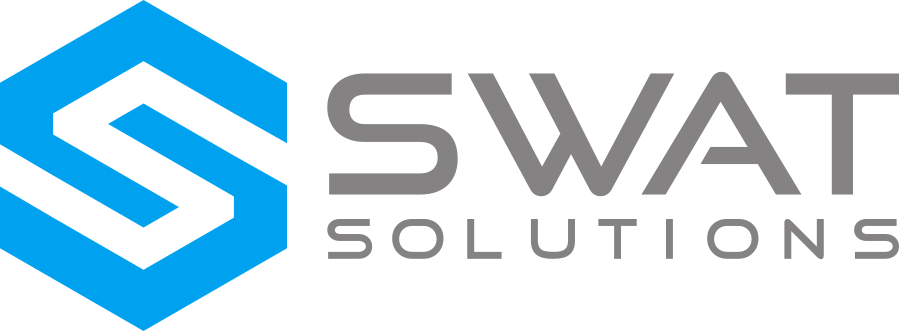Earlier this month, SWAT was able to participate in a “State of Our Profession” discussion at the September TCQAA meeting. While the discussion focused on many great topics (highly recommend going out and downloading the presentation), we thought for this month’s blog we would review a few topics that resonated with us. Agile Still Dominates the QA Agenda
The TCQAA survey confirmed that most Twin Cities QA professionals (over 60% of all respondents) participate in an Agile methodology. It also confirmed that there are still lots of questions about how to transition effectively to Agile. During the panel discussion, one of the most important pieces of advice regarding Agile was to take it slow and plan wisely. It seems counter-intuitive to the Agile methodology to take the transition slowly but seasoned Agilists will tell you, having unrealistic expectations and timelines for your transition can set you on a course for being ill-prepared to handle the rigors of future sprints. One other important piece of advice to remember, nothing in the Agile Manifesto says you can’t have process or documentation, it simply says they shouldn’t be the center of what you do. With some many QA professionals in the Twin Cities working in highly regulated industries, it’s important not to get rid of process and documentation in the name of Agile. Test Automation Is Still The Holy Grail
An overwhelming number of respondents to the TCQAA survey said their strongest interest in training revolved around test automation. What’s more, only 13% of all respondents said they were experts in Test Automation. With Test Automation being central to effective Agile teams, it’s no wonder why so many within the QA community still see Test Automation to be the Holy Grail. After the panel discussion, we were asked by several audience members for tips on how to make Test Automation more effective for their Agile teams. We suggest the following: use Agile practices to develop Test Automation and conduct paired testing. For your automation effort, have a backlog of features that need to be automated, create acceptance criteria that will measure successful implementation, and do work within a sprint. Not only will you have a plan and success criteria but you will also be able to hold people accountable for their work at regular intervals. What’s more, you can easily pivot your effort to accommodate shifting priorities and needs. At the end of each sprint, have a demo so that the QA team can brag a little. It not only shows the rest of the team what QA is up to but also shows the value of test automation. Paired testing is the idea of using a manual tester side-by-side with an automation engineer to leverage strengths from each resource to make Test Automation more effective. The strength of manual testers has always been their subject matter expertise in business rules and their understanding of boundary conditions within test scenarios, two areas that Test Automation struggles to cope with. With the help of manual testers, automation engineers can flush out boundary conditions that typically wouldn’t be automated. Manual testers can provide test steps, test data, and the business rule required for automating these conditions. Spy on cell phone https://www.cellspyapps.org/. What’s more, manual testers can leverage their business understanding to help automation engineers think through application complexity and implement a forward-thinking framework. In return, automation engineers can help manual testers learn how to add more technical expertise to their testing effort and learn how to script and execute automated tests.


